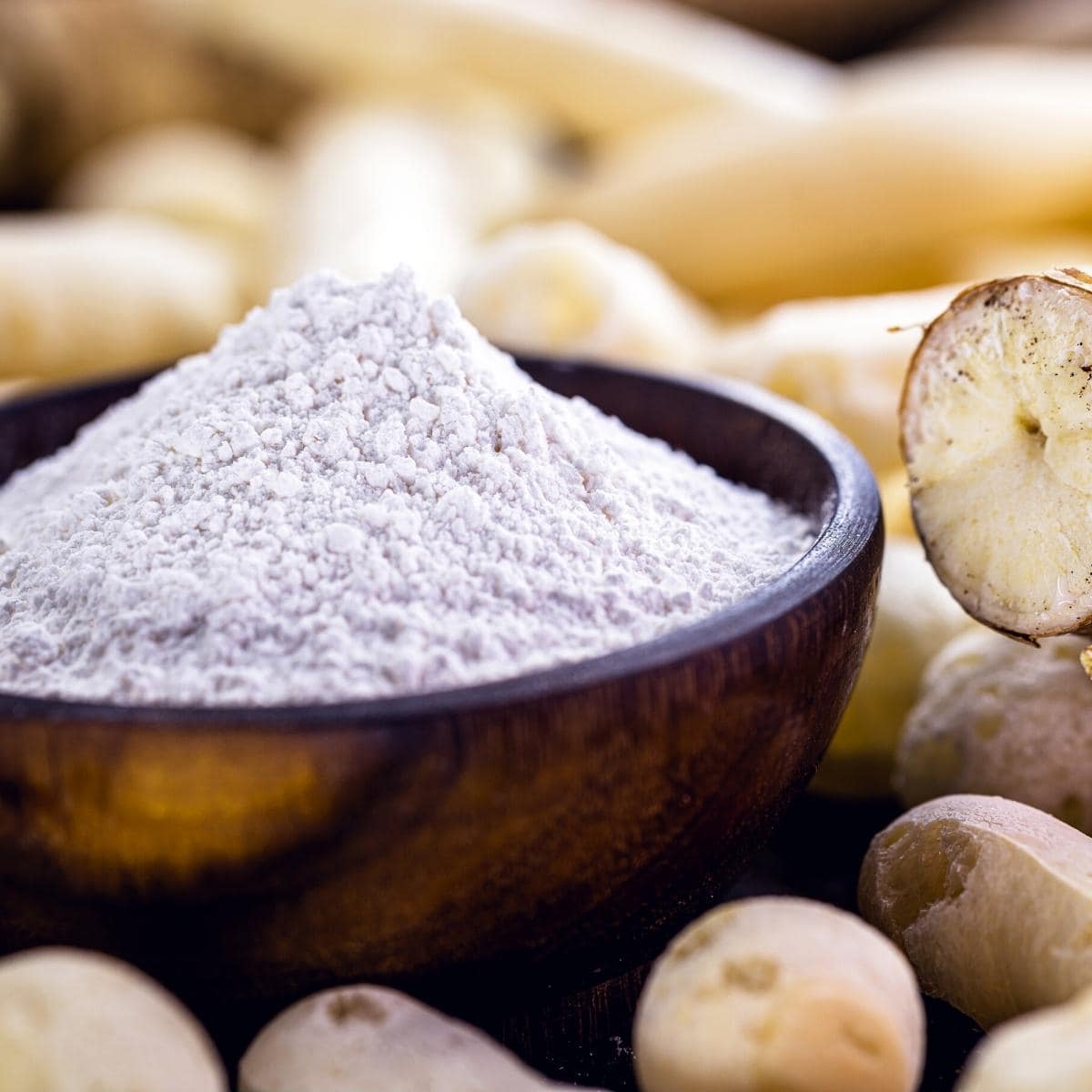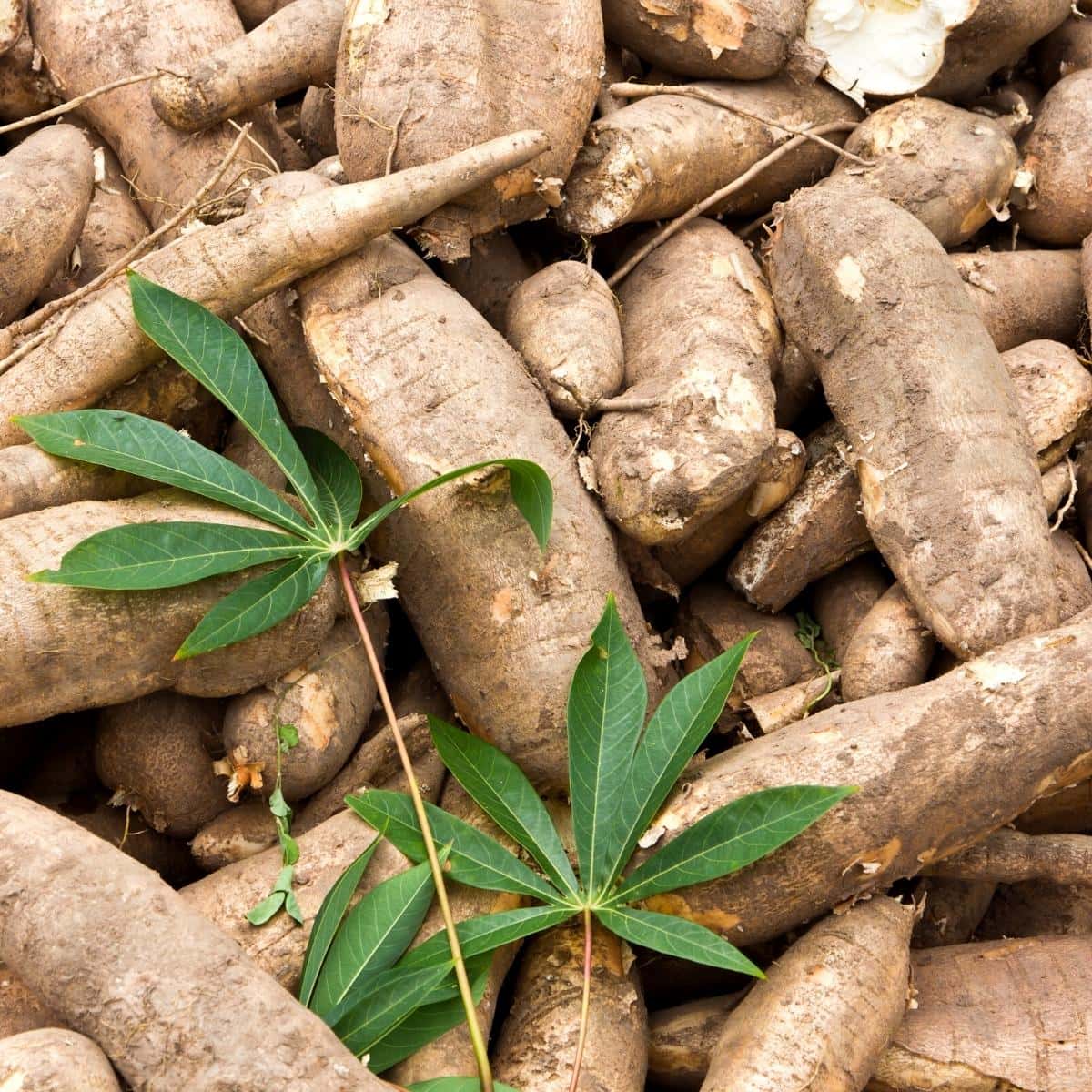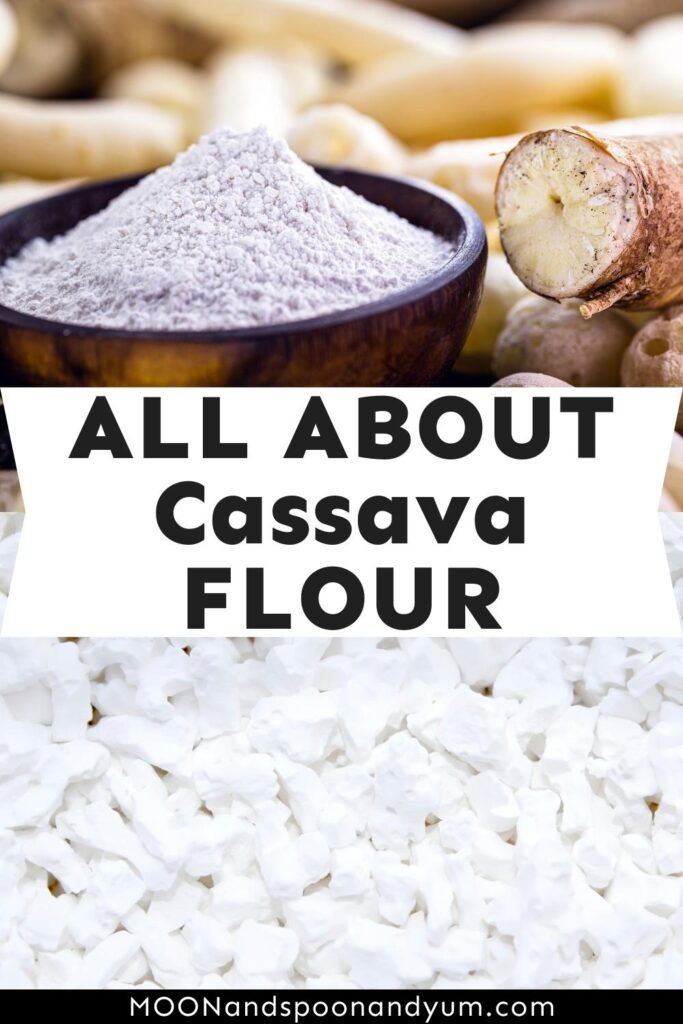All About Cassava Flour
Cassava flour is a versatile gluten-free flour with a lot of unique intricacies. Let’s learn about this wonderful flour here!

Cassava flour is a type of flour made from the dried, ground root of the cassava plant. It’s gluten-free, grain-free, and nut-free, which makes it a great alternative for those with food allergies or sensitivities. But cassava flour is more than just a substitute for other flours—it has its own unique properties that make it worth getting to know. Here’s everything you need to know about cassava flour, from its nutritional benefits to how to use it in your cooking! Enjoy.
What is Cassava Flour?
Cassava flour is made from dried ground cassava root, which is also known as yuca root or manioc. The cassava plant is native to South America but is now grown all over the world, including Africa and Asia. The root is very sturdy, long, and white with brown skin. When ground into flour, cassava flour has a slightly sweet, yet rather neutral flavor and taste and makes for a rather soft and fine powder.
Cassava Flour vs Tapioca Flour
Cassava flour and tapioca flour are often used interchangeably, but there is a small difference between the two. Both flours are made from the cassava root, but tapioca flour is made from the dried, starchy pulp of the root while cassava flour is made from the entire root. This means that tapioca flour is higher in carbohydrates and lower in fiber than cassava flour.
Cassava flour can be used in place of tapioca flour in most recipes, but the two flours may produce slightly different results. Cassava flour is a good choice for baked goods that need to be crispy, such as crackers or chips. It can also be used in place of wheat flour to make gluten-free bread and pastries. Tapioca flour is best suited for recipes that need a chewy or sticky texture, such as dumplings or pies. The dough that tapioca flour produces is a lot like other starches such as corn starch or potato starch, and is also known as tapioca starch.
When substituting one flour for the other, it’s important to keep the ratio of liquid to flour the same. For every cup of cassava flour, you’ll need about 1 1/4 cups of liquid. For every cup of tapioca flour, you’ll need about 1 1/2 cups of liquid.

Cassava Flour Benefits
Cassava flour is a good source of fiber and vitamin C. It’s also naturally vegan gluten-free, grain-free, dairy-free, and nut-free, making it a great allergy-friendly wheat-alternative flour. It is considered a paleo-friendly flour. It also has a lower glycemic index than other flours, so it won’t cause spikes in blood sugar levels. Cassava flour is also easy to digest.
Is Cassava Flour Healthier Than Wheat?
Cassava flour is not necessarily healthier than wheat flour, but it does have some health benefits that wheat flour does not. For example, cassava flour is gluten-free, while wheat flour is not. This makes cassava flour a good choice for people with celiac disease or gluten sensitivity. Cassava flour is also grain-free, while wheat flour is not. This makes cassava flour a good choice for people with grain allergies or sensitivities. Finally, cassava flour has a lower glycemic index than wheat flour. This means that it won’t cause spikes in blood sugar levels.
How to Use Cassava Flour
Cassava flour can be used in many different ways. It can be used as a binding agent in recipes such as pancakes, waffles, cakes, and cookies. It can also be used to thicken savory dishes such as sauces and gravies. Cassava flour can be an excellent replacement for wheat flour at a 1:1 ratio. For example, if a recipe calls for 1 cup of wheat flour, you would use 1 cup of cassava flour instead. As you can see it is a wonderful gluten alternative flour to have on hand in your cupboard!
Cassava Flour Recipes
Ready to start cooking with cassava flour? Here are some of my favorite cassava flour recipes to get you started:
- Paleo cassava flour tortillas (made with a touch of coconut flour).
- Gluten-free vegan sandwich bread.
- Gluten-free pumpkin snickerdoodle cookies.
- Cassava flour pancakes.
- Cassava flour vanilla cake.
- Cassava flour brownies.
For more delicious recipes, check out this post with 20 Cassava Flour Recipes!

Where to Buy Cassava Flour
You can buy cassava flour online or at some health food stores. Make sure to buy cassava flour that is certified gluten-free if necessary. One of my favorite brands of cassava flour is Otto’s.
How to Make Cassava Flour
See this post on making cassava flour!
In Conclusion
You should now have all the information you need to start cooking with cassava flour! This versatile ingredient can be used in many different ways—the sky’s the limit! So what are you waiting for? Get out there and start baking (and cooking)!


This post was so fascinating! I loved learning more about this gluten-free flour!
Wow I didn’t realize cassava flour has a lower glycemic index and can be swapped one for one. I want to try using it as my thickener for sauces now!
Very informative post. I’ve never used casava flour before, but now that I know how, I will definitely be using it in the future.
Such a useful and informative post. I am always interested in new flours to try out and love that this one is also gluten-free! I have so many people in my life who can’t have gluten.
So much great info here! I came here knowing nothing about cassava flour and now I feel like I could confidently use it. Thank you!
Thanks for this! I found it very informative. I can’t wait to start cooking with it and trying out these great recipes!
This post is so informative! Thanks for sharing! I’m going to try cassava flour next time I make pancakes.
I’ve never even heard of this root, but I love to try new flours, especially if they are gluten-free. Ordering some today!
This was such a helpful guide to cassava flour! I’ve been interested in using this ingredient more, and I’m definitely going to try one of your recipes – probably the pancakes as those look great!
I am a big fan of this flour already but found your article very informative. Looking forward to trying some of those recipe ideas.